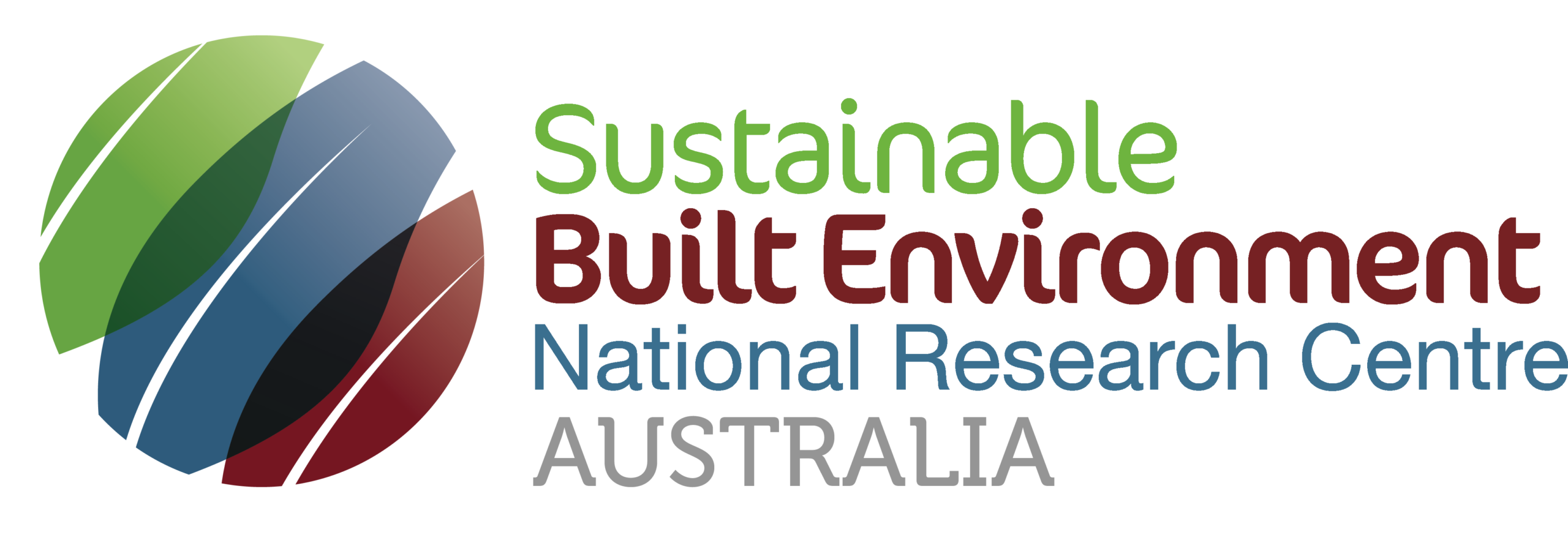
3.47 Non-conformance Prevalence, Testing Capacity and Nature amongst Specific Building Product Categories

Project Number
3.47Round
Round 4Date
March 2018 - December 2018Research Team

Project Leader
Dr Lam Pham
PhD (Eng)
Swinburne University
lpham@swin.edu.au

Chair, Project Steering Group
Ivan Donaldson

Project Facilitator
Prof Emad Gad
PhD (Eng)
Swinburne University
egad@swin.edu.au

Project Manager
Jessey Lee
PhD (Eng)
Swinburne University
jesseylee@swin.edu.au
Documents for Downloading
Last Updated: 2024-08-06 14:51:34
Non-conforming building products (NCBPs) have been of concern to regulatory authorities for a number of years but most of the collected data to date has been largely ad-hoc in nature. This project aims to improve the evidence base relating to NCBPs by conducting random off the shelf independent product testing and an objective quantitative analysis of the overall results and implications.
Objectives
This project will investigate the capability and nature of non-conformance testing in Australia. The specific objectives are to:
- Identify what is non-conformance testing and why testing is required
- Estimate the prevalence of non-conforming building products in random testing
- Identify what building products can be tested and what kinds of tests are required
- Determine how to assess non-conformance from the test results
This project applies to investigation of both products and processes including installation.
Industry Outcomes
Outcomes are likely to include:
- A better understanding of non-conformance testing – the prevalence, nature and capacity within the Australian environment
- More robust conformance regimes for Australia without imposing an extra burden on industry
- Improved industry practice in developing products that are fit for purpose and comply with regulatory requirements
- A reduction in the use of non-conforming products that may have serious safety concerns
- Opportunities for testing laboratories to increase their scopes











